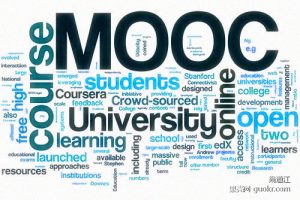
To counter the spread of the epidemic Covid-19, the Ministry of Education and every major school decided the postponement of school hours and the suspension of offline teaching activities starting in the middle of March. The Ministry of education issued an advance of the Spring Break and announced that all primary and secondary schools across the province should delay school. Since the burst of the virus happened by the end of a study term, offline education became the “rigid demand” for Students other than eating and sleeping.
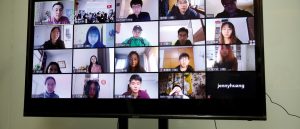
The epidemic has intensively and unexpectedly brought a group of online education flatforms and operators to a peak period of customer acquisition. It is the first time for such large-scale students to receive online education at home. Therefore, from the perspective of many education practitioners, the outbreak of the epidemic has greatly promoted the popularization of online education. Due to the delay in offline classes, many teachers and students are now couldn’t help to take online courses. This causes many potential users of online education(could be instructors or learners) who used to doubt the new learning mode reach out to it. This has taken the first step of conceptional change to the potential open learning users.
The rise of online education is accompanied by the rise of Internet development. In the early days, online education is also called long-distance education, remained at the stage of exchanging videos. The basic system is to record an instructor’s teaching into a video and propagate it online. Learners can then download the video and watch. However, due to the boundaries of video technology, network bandwidth, and other factors, the user experience of this mode of education is extremely poor, which is not very helpful for learning.
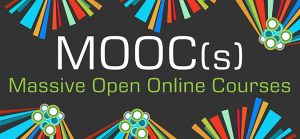
What really formalized the mode of online education was the launch of the MOOC system in 2012 in major universities. MOOC mainly aimed at college students who have certain self-learning abilities, intense curiosity, and flexible schedules. They are the best audience for online education.
Many teachers will film their lectures into videos and upload those videos to online in their spare time. Their students, audiences, and other learners from all over the world will actively ask teachers questions through the comment section. This kind of strong interactive learning atmosphere is not weaker than the offline class. We must know that in the real classroom, only a few students will choose to ask questions about what they don’t understand. Most of the students sitting in the classrooms and often too shy to ask questions, or are afraid to be blamed by other students for “wasting” the lecture time. Therefore, a huge percentage of students in an offline class will just pretend that they understand everything the instructor has taught.
[My math professor teaching the model of the Epidemics by doing open online courses.https://www.youtube.com/watch?v=Qrp40ck3WpI&list=LLBVZkFSex80W2OOUW3jjUNA&index=2&t=114s]
In addition to accessibility, the internet also brings fairness to education. Nowadays, the distribution of offline education resources is very uneven. Many highly qualified students are unable to get the corresponding educational resource to support them. But there is no distinction of education resources through open learning platforms. With network cable and WiFi, anyone can benefit from the equally distributed opportunity to gain knowledge.
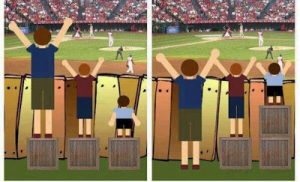
Despite its mature development, online education is still a niche product and cannot be accepted by everyone. The reason is that the current strong offline education market has limited the majority of learners to receive online education. In other words, the public needs the “necessity” to try Open education. Just like 17 years ago SARS pneumonia made many retail companies starting to alternate their profit model from offline to online, people will only walk out of their comfort zone of education and abandon the old habit that has been formed for a long time only if they have to. This virus outbreak has forced the majority of students and educators to embrace online education and perceived its happiness boost for the first time. For more than a decade, online education has finally ushered its explosion.
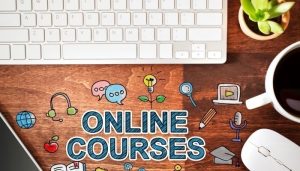
Indeed, we can not deny that the recent blast of online education was an accident, but this will undoubtedly increase the public acceptance toward Open education. In other words, the postponement of offline educational institutions has advertised the online education industry by letting everyone know that we have another option to learn and teach. Therefore, the development of Open education will be a general trend, and it will become a major alternative to offline education just like how online shopping has taken over much offline business in our daily lives.



